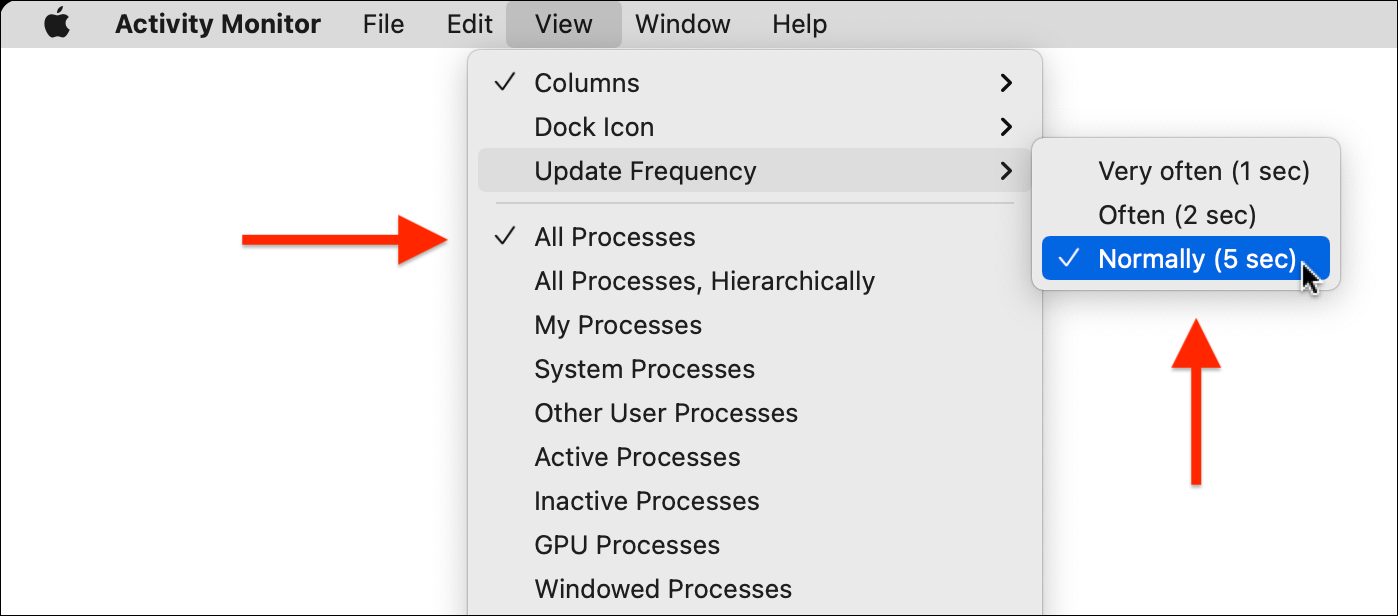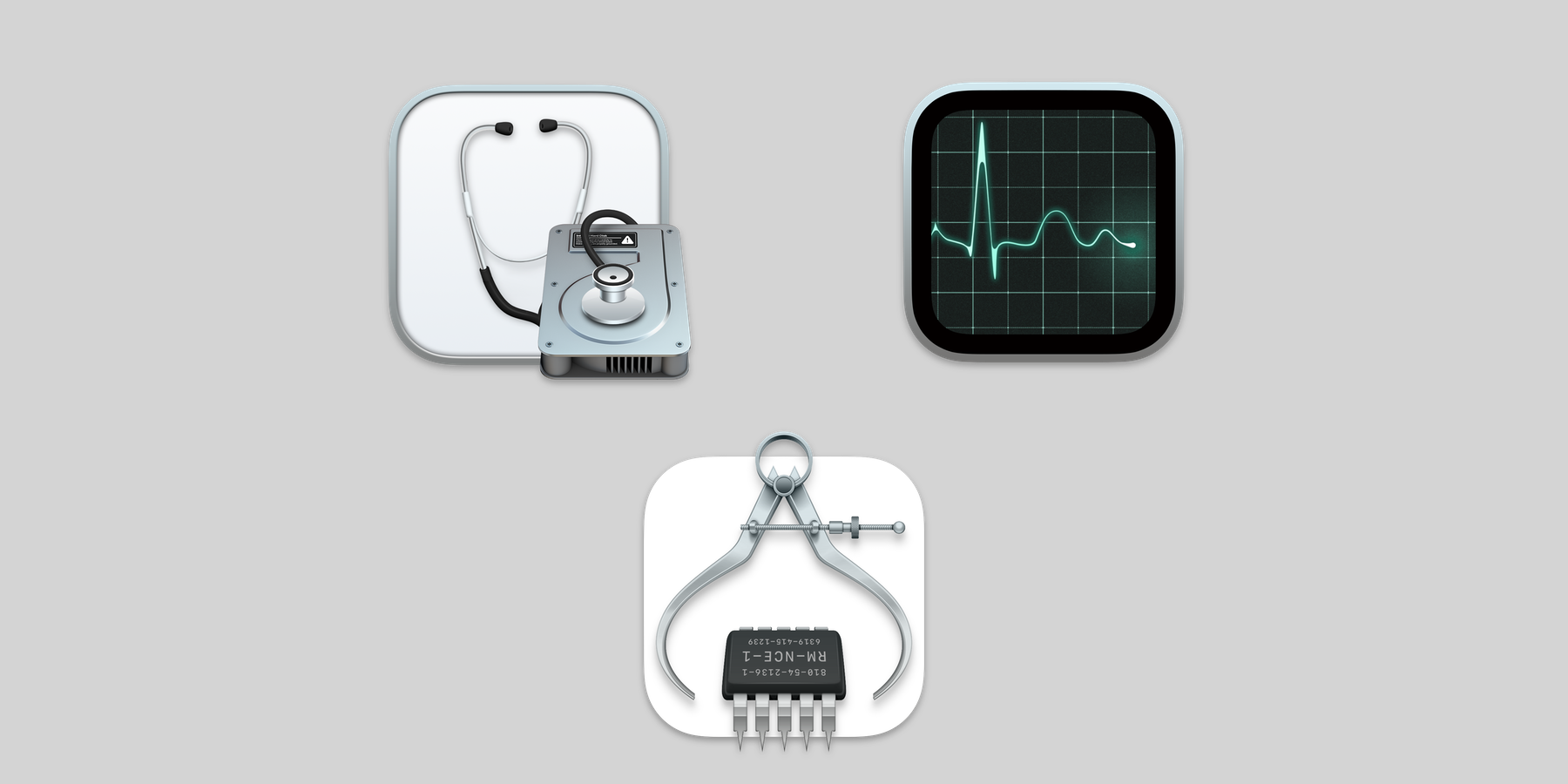
- Mac runs slow when rebooting install#
- Mac runs slow when rebooting drivers#
- Mac runs slow when rebooting update#
Before you get started, consider which application and files you need to keep on your computer. We recommend maintaining a 20% margin for storage space, but that's just a safe estimate. Select "First Aid," then "Repair Disk Permission." Press Command + R to restart your MacBook Pro.ģ.

(The diagnosis is often incorrect, but it is a safe thing to try.)ġ. The process of fixing permission errors is one of the most frequent troubleshooting tasks that are recommended beyond just when your iMac keeps restarting. The problem of faulty disk permissions is yet another way that your software applications can go wrong and produce the "Kernel" error.
Mac runs slow when rebooting drivers#
If the "Kernel Panic" error is associated with random software applications, the problem probably has nothing to do with the applications themselves, but more to do with drivers or other conflicts.
Mac runs slow when rebooting update#
If you aren't able to reinstall or update the software application. Update the corrupt software application.ģ. It's not uncommon to be required to reinstall your software, so it's important to make sure you're regularly backing up your system. If the problem persists and is not resolved with the reinstall of your software, it may be a recurring issue with corrupt software. Back up your user files to an external hard drive.ģ. Hold down the Shift-button and boot into Safe mode.Ģ. Solution1: Check the software installed on your MacBook Proġ. Reinstall a clean MacBook Pro operating system Check the software installed on your MacBook Pro There could be a compatibility issue, or it could be that the lack of space on your hard drive is contributing to the problem, and making it appear that your issue is software related.
Mac runs slow when rebooting install#
Problems can pop up when you install new software on your MacBook Pro.

So, if you've recently installed new RAM, a hard drive, a printer, or other devices, the addition(s) may be contributing to the problem The kernel panic can be caused by hardware conflicts. As you test the potential suspects, you can cross them off your list and move on to the next possibility. So, by now, you have an idea of why your MacBook keeps restarting, but how do you fix it? Take a systematic approach to troubleshoot, starting with the hardware.



 0 kommentar(er)
0 kommentar(er)
